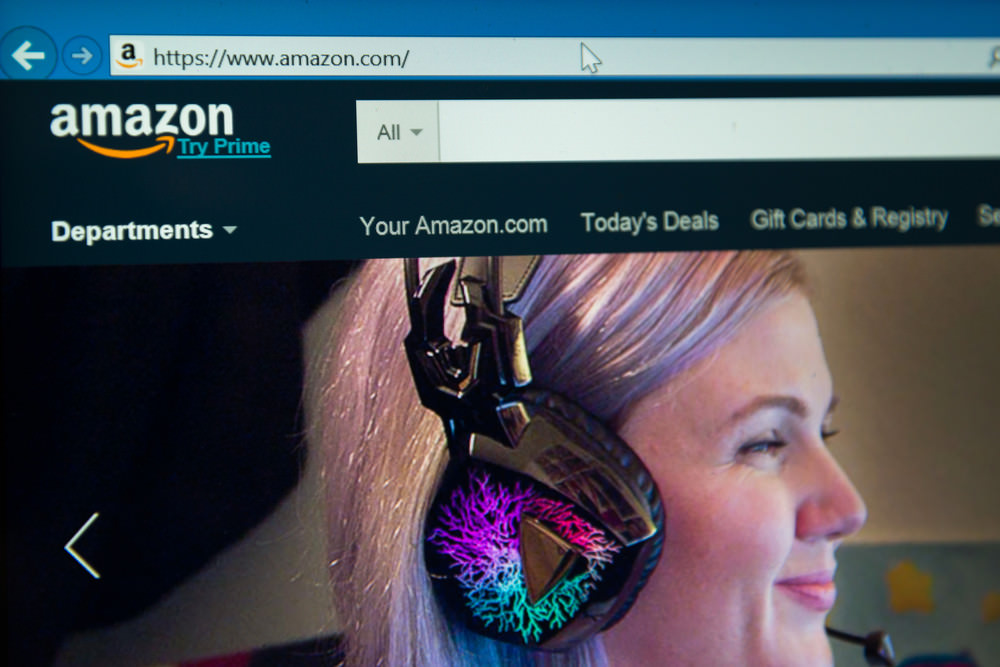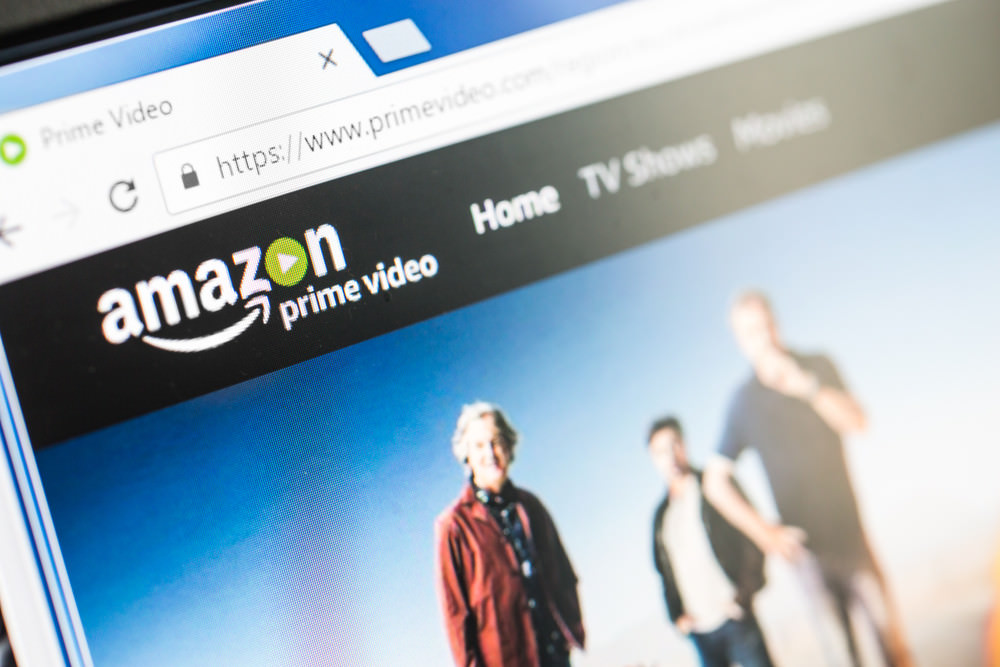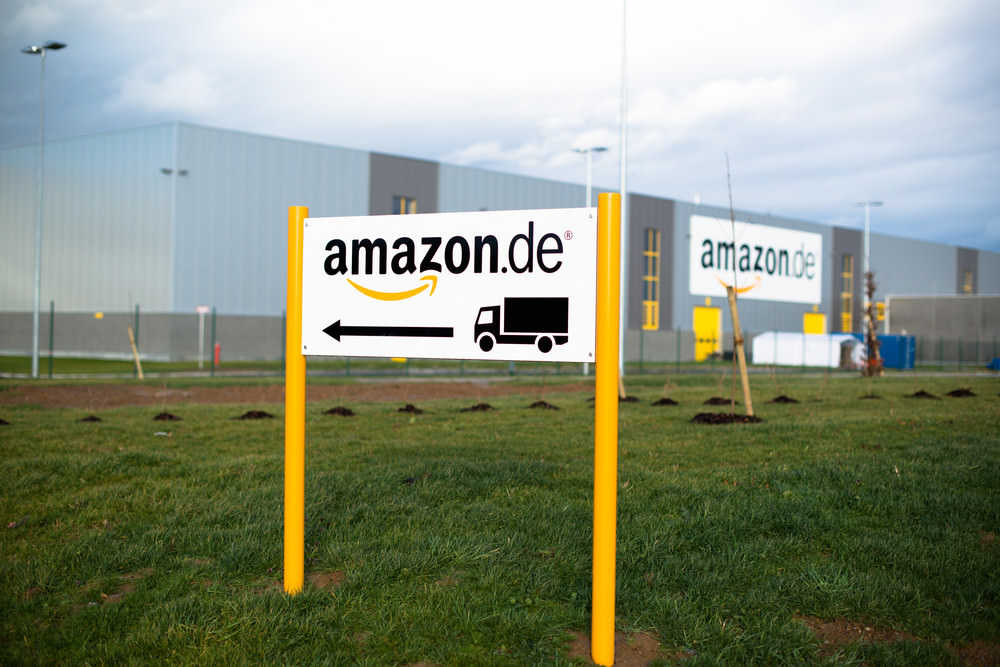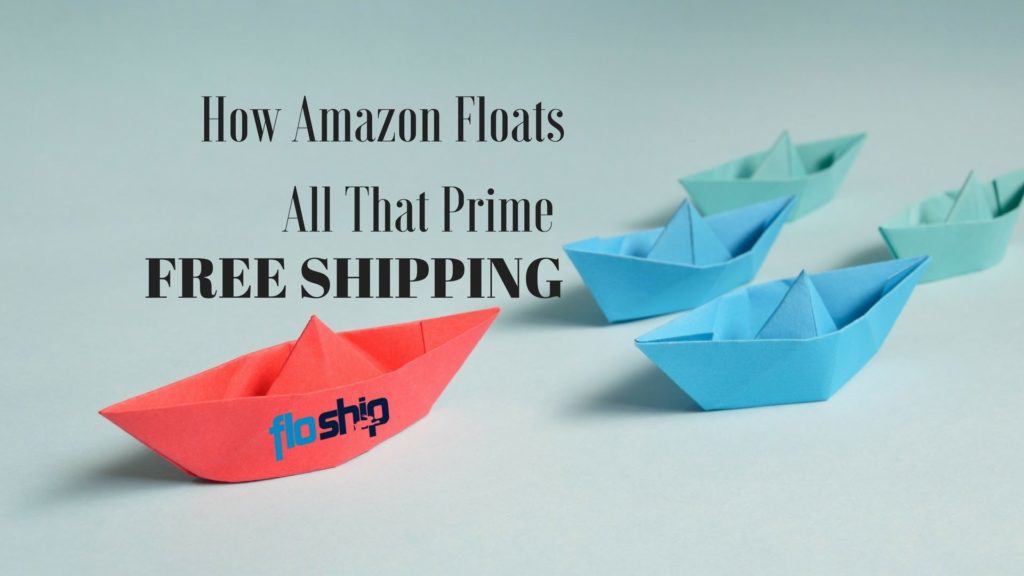Amazon Prime is the greatest thing to happen since man landed on the moon.
I mean, seriously, there are few things better than two-day, free shipping. Sure, you could go to the store, wander around for awhile trying to find something, ask a disgruntled worker, and then finally make the purchase.
Or you could lay on your bed, make your order with a single click, and then sit back and wait for your package to arrive.
And with drone shipping on the horizon, it only keeps getting better.
But have you ever wondered how they afford all that free shipping? I mean, it may be free for you, but it’s certainly not free for them. They have to pay people to box it and then the cost of it being delivered to your house.
It costs them a ton – usually around “https://moneytips.com/how-does-amazon-pay-for-free-shipping” target=”_blank” rel=”noopener noreferrer”$1 billion per quarter. That’s an insanely high amount.
But if you’ve ever ordered something from Amazon, you know that they do everything in their power to get you to sign up for Prime. They offer Prime video, premium music subscriptions, credit cards, and loads of other deals in order to get people to sign up for Prime.

And with nearly half of all Amazon customers being Prime members, they seem to be doing a pretty good job.
So what’s the deal? Amazon isn’t stupid. They aren’t accidentally flushing $1 billion down the toilet every quarter. So how do they afford all that shipping? Why do they care so much about getting people into Prime?
In this post we’re going to show you how Amazon pays for all that shipping and why they want to get people into the Prime program so badly.
Prime Generates A Lot Of Cash
Currently Amazon has somewhere around 54 million Prime members in the United States. As of this writing, Prime costs $99 per year.
Simple math says that the revenue generated by Prime alone is in the area of $5.3 billion. This staggering amount of revenue allows Amazon to offer so many benefits to those who sign up for the service.
This is the same model that other membership based retail outlets, like Costco use. Without the subscription revenue, Amazon would experience a serious hit in their overall profits.
As Adam Levy wrote in 2016:
“Amazon’s total operating profit for its retail operation came out to $2.66 billion. Revenue from our membership estimates covers 143%. Without Prime membership revenue, Amazon’s retail operations result in a $1.1 billion loss.”
This is one of the reasons Amazon is willing to funnel so much cash into promoting Prime.
But it goes beyond that. Amazon Prime members spend a LOT more than non-members. The average member spends about $1,100 per year while the average non-member spends about $600 per year. When you consider that Amazon has around 54 million Prime members, that adds up to a huge amount of additional revenue.

Additionally, Prime Video users are far more likely to rent digital movies from Amazon. As Morgan Quinn writes:
“Prime Instant Video doesn’t actually make the company money. However, Amazon has discovered that Prime members who use the free video streaming service are 10 times as likely to rent or buy movies from Instant Video as non-Prime members. So, once customers get into the habit of streaming free videos, Amazon has a chance to sell them on renting or buying videos that aren’t available for free.”
Yes, Prime costs Amazon huge amounts of cash to operate, but it makes far more money in return, which is why they’re willing to invest so much into it.
Prime Is A Moat For Amazon
Not only is Prime a cash cow for Amazon, but it also functions as a protective moat for the company.
Prime serves as the gateway for their entire ecosystem. Once you’re a Prime member, you’re much more likely to shop from Amazon than from from any other online retailer.

Instead of comparing online prices between Wal-Mart, Target, Best Buy, and Amazon, you’ll just go straight to Amazon. You’re already familiar with it, have an established account, and know what you’re getting into. Once Amazon has its claws into you, it’s really hard to escape.
This is why David Kline writes:
“Joining Prime is basically a customer pledging loyalty to Amazon, which makes it very hard for any other retailer to get their attention. In some ways that takes the 54 million Prime users off the gameboard for Wal-Mart and others trying to increase their digital sales. Barring some sort of massive loss-leader big-ticket item backed by heavy promotion it’s hard to imagine a Prime member buying from any company other than Amazon.”
Amazon is willing to spend so much on Prime because they know that once you’re in, it will be hard for you to get out. Why buy elsewhere online when you can get it in two days? And with some big sales geared only toward Prime members, you’re going to invest even more of your cash in Amazon.
This is the same model used by numerous other companies. Netflix is investing billions in creating their own content because they want to get customers using their product. Apple knows that once you’re invested in their devices, you’re more likely to continue using them.
Initially, the Prime model was aimed at “whale buyers”, who would purchase a high volume of things from Amazon. Now that they’ve captured that market, they’re going after much smaller buyers, which is why they’re bundling in so many additional benefits to Prime.
As Rafi Mohammed wrote in Harvard Business Review:
“Quite simply, Prime has saturated the Whale Buyer market and is now hunting for smaller volume customers to fuel growth. With an increasingly large stable of benefits, potential members who can’t justify Prime on the grounds of shipping savings can now conclude, for instance, “Netflix costs $108 annually, so I’m already ahead of the game by purchasing Prime for streaming video before even considering the additional benefits.”
Amazon is all in on Prime because they know that it protects them from other companies. They’ll do whatever it takes to get a person to buy in.
Amazon Relies On Sellers To Finance Prime
In addition to relying heavily on the profits they’ll make, Amazon also relies on its sellers to finance the costs of Prime.
The Fulfillment By Amazon (FBA) program allows sellers to ship their products to Amazon, which will then store the products in their warehouses and ship them to customers.
But Amazon doesn’t offer this service out of the goodness of their hearts. They charge sellers a variety of fees to finance the cost of the program (including the 2-day Prime shipping).

They charge for order handling, packing, weight handling, and the storage space in their warehouses. For standard size items, they charge $0.64 per cubic foot. For oversized items they charge $0.43 per cubic foot. All these prices increase during peak selling seasons, such as around Christmas. Amazon also cleans out inventory that’s been on shelves from between 6-12 months, and they charge for the cleanup.
With millions of merchants relying on Amazon to ship their products, these assorted fees allow Amazon to significantly offset all the costs.
These fees may be high, but merchants know that customers want Prime shipping and so the merchants pay up.
Conclusion
Amazon is clearly all in on Prime. They’re spending millions on developing new video content, adding artists to their music service, and constantly bundling in even more benefits.
But Amazon knows what they’re doing. They know that Prime is one of, if not the most important weapon in their battle against other retailers. There’s a reason that companies like Wal-Mart are introducing their own loyalty programs.
But unless something massive changes, Amazon is going to be the leader of the pack. They already have a massive user base and don’t appear to be slowing down.
CEO Jeff Bezos said:
“We want Prime to be such a good value, you’d be irresponsible not to be a member. Prime has become an all-you-can-eat, physical-digital hybrid that members love…There’s a good chance you’re already one of them, but if you’re not — please be responsible — join Prime.”
That may be a bit extreme, but the point is noted. Prime is a good deal.
So until something better shows up, pony up the $99 per year and enjoy the two day shipping.
Find out how to Automate your Amazon Order Fulfillment process with the Amazon + Floship Integration here!
More From the Floship Library
- A Simple Guide To Shipping From China
- 7 Crazy Reasons Why Packages Get Destroyed
- You’ve Created A Crowdfunding Campaign, Now What?
- Amazon and the Future of Drone Delivery

Ready To Upgrade Your Logistic Solution?
Speak to Floship ecommerce logistic consultant about improving your global support chain today




